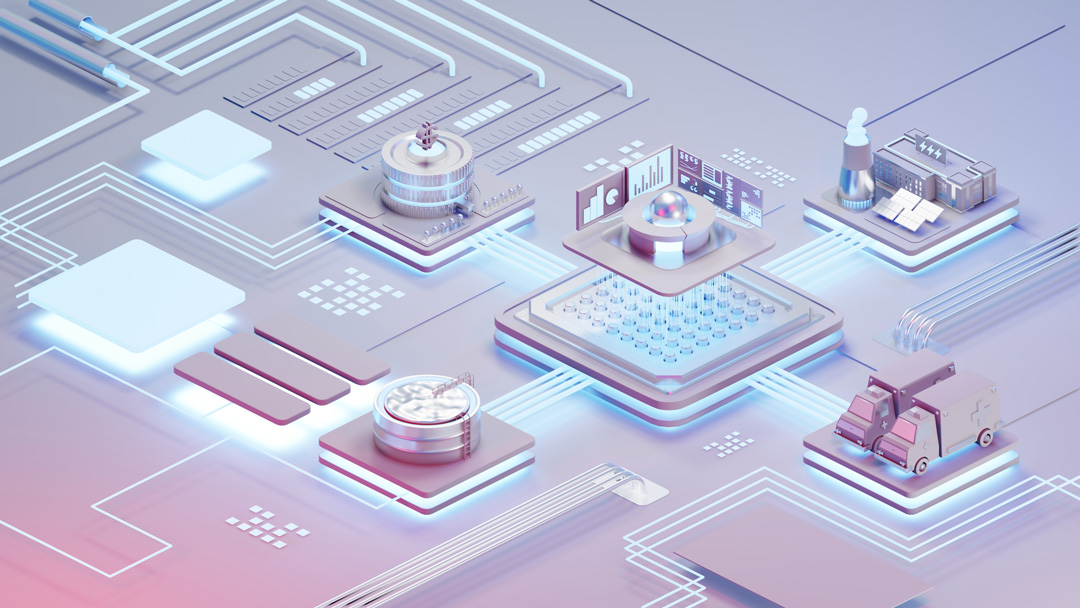Now Reading: Cybersecurity in the US: Protecting Critical Infrastructure and Personal Data
-
01
Cybersecurity in the US: Protecting Critical Infrastructure and Personal Data

Cybersecurity in the US: Protecting Critical Infrastructure and Personal Data
Keyword: Cybersecurity
Introduction
In an era defined by digital transformation, cybersecurity has emerged as a paramount concern for governments, businesses, and individuals alike. The United States, as a global technology leader, faces escalating threats to its critical infrastructure and personal data. This article delves into the multifaceted landscape of cybersecurity in the US, highlighting the strategies, challenges, and importance of protecting both critical infrastructure and personal data from cyber threats.
The Significance of Critical Infrastructure Protection
Critical infrastructure forms the backbone of modern society, encompassing sectors like energy, transportation, healthcare, and finance. These sectors heavily rely on interconnected computer systems, making them susceptible to cyberattacks. The US government acknowledges the urgency of safeguarding critical infrastructure through initiatives like the National Infrastructure Protection Plan (NIPP). This framework emphasizes collaboration between the public and private sectors to mitigate risks and enhance resilience.
Cybersecurity Measures for Critical Infrastructure
1. Risk Assessment and Management: Conducting comprehensive risk assessments helps identify vulnerabilities and prioritize protective measures.
2. Incident Response Planning: Developing detailed incident response plans ensures swift and effective actions in the event of a cyberattack.
3. Continuous Monitoring and Intrusion Detection: Real-time monitoring detects anomalies and potential breaches, allowing for timely intervention.
4. Employee Training and Awareness: Educating staff about cybersecurity best practices minimizes the human factor in cyber incidents.
Protecting Personal Data in the Digital Age
The digital landscape’s essence lies in data, with personal information being a prime target for cybercriminals. Regulations such as the General Data Protection Regulation (GDPR) and the California Consumer Privacy Act (CCPA) underscore the need to fortify personal data protection in the US.
Strategies for Safeguarding Personal Data
1. Data Encryption: Employing robust encryption techniques ensures that even if data is compromised, it remains indecipherable to unauthorized parties.
2. Multi-Factor Authentication (MFA): MFA adds an extra layer of security by requiring multiple forms of verification for accessing sensitive data.
3. Regular Software Updates and Patch Management: Keeping software up to date closes known vulnerabilities that hackers can exploit.
4. Privacy-Centric Design: Building privacy into products and services from the outset reduces the likelihood of data breaches.
Challenges in Cybersecurity Implementation
1. Sophisticated Threat Landscape: Cyber threats are evolving in complexity, requiring constant adaptation of cybersecurity strategies.
2. Resource Constraints: Many organizations, especially smaller ones, struggle to allocate sufficient resources to robust cybersecurity measures.
3. Lack of Awareness: Users’ lack of awareness about cyber risks leads to practices that inadvertently compromise security.
4. Attribution and Jurisdiction Issues: Tracing cyberattacks to their origin and applying legal action can be challenging in a globally connected digital environment.
Government Initiatives and Partnerships
1. Cybersecurity and Infrastructure Security Agency (CISA): This agency collaborates with public and private sectors to enhance cybersecurity resilience.
2. National Institute of Standards and Technology (NIST): NIST provides frameworks and guidelines for cybersecurity best practices.
3. Public-Private Partnerships: Joint efforts foster information sharing, skill development, and coordinated responses to cyber threats.
The Role of Education and Awareness
1. Cybersecurity Education: Promoting cybersecurity education from schools to professional training equips individuals with the knowledge to navigate the digital world safely.
2. Raising Public Awareness: Creating campaigns to inform the public about cyber risks encourages responsible online behaviour.
Conclusion
As the US marches forward in the digital age, the protection of critical infrastructure and personal data remains paramount. The synergy between robust cybersecurity measures, government initiatives, public-private partnerships, and widespread education is essential to counteract the evolving threat landscape. By implementing proactive strategies and fostering a cybersecurity-conscious culture, the US can fortify its defences and pave the way for a secure digital future.
Also Read: The Impact of the United Kingdom’s Policies for Online Marketing












